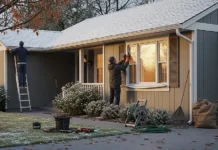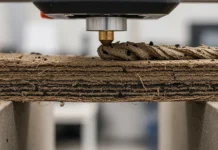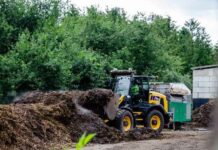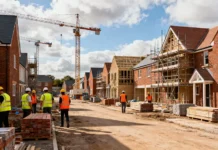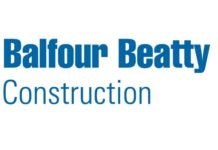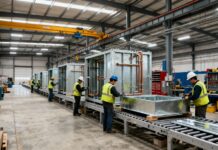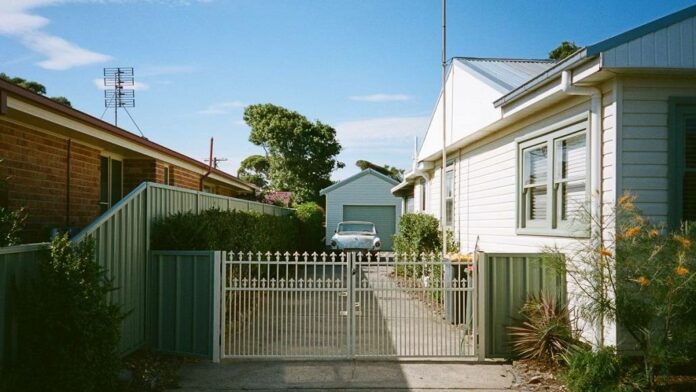Queensland is experiencing one of the most significant housing booms in Australia’s history, fuelled by population surges, infrastructure investments, and an increasingly competitive real estate market. For many, the Sunshine State represents opportunity—whether that’s the lifestyle appeal of its subtropical climate, the steady job growth in its metropolitan centres, or the relative affordability compared to southern capitals.
But behind the headlines of rising prices and record sales lies a complex ecosystem of builders, planners, policymakers, and market forces that collectively drive residential growth. Understanding these dynamics is crucial not only for buyers and investors but also for those interested in how Queensland is reshaping itself as one of the most attractive housing markets in the country.
Building Services: From Design To Delivery
At the heart of Queensland’s housing expansion are the builders providing integrated services that transform demand into tangible homes.
Clarendon Homes Qld: Customer-Centric Building
For more than four decades, Clarendon Homes QLDhas played a leading role in shaping communities across South East Queensland. Their appeal lies in a combination of broad design choice—single-storey, double-storey, narrow-lot, and acreage homes—paired with transparent pricing through tools like “Price Your Home.” Added benefits such as lifetime structural guarantees and lifestyle design studios ensure confidence and customisation for buyers, making Clarendon a benchmark in customer-focused building services.
Display Villages And Package Solutions
Display homes and villages across Queensland give buyers a tangible experience of their future investment. Builders combine these with curated house-and-land packages, often priced under competitive thresholds such as $750,000. This strategy not only meets affordability challenges but also accelerates construction timelines by aligning land developers and building companies.
Innovative Design And Sustainability
Modern building services are increasingly tied to sustainability and functionality. Energy-efficient designs, smart-home integrations, and adaptable spaces now feature in many new builds, responding to both regulatory pushes and consumer demand. Builders that combine style with environmental responsibility have a competitive edge in Queensland’s crowded housing market.
Population Growth And Migration Pressure
Queensland’s population surge is perhaps the single most influential factor in driving housing demand.
Record Population Growth
The state’s population is projected to reach 7.2 million by 2046, rising from just over 5.6 million in 2025. This rapid expansion places immense pressure on housing stock, forcing both governments and private developers to accelerate supply.
Interstate And International Migration
The Sunshine State has become the top choice for interstate movers, particularly families seeking affordability compared to Sydney and Melbourne. International migration has also surged, quadrupling long-term averages in some years. Together, these trends compound housing shortages and keep prices elevated, particularly in urban centres like Brisbane, the Gold Coast, and the Sunshine Coast.
Lifestyle Appeal As A Driver
Queensland’s warm climate, coastal lifestyle, and expanding employment opportunities are not secondary drivers—they are central to why demand remains so high. Buyers and renters alike are motivated not just by economics, but by the prospect of a more balanced lifestyle.
Land Release, Planning And Development
Supplying enough homes requires more than demand—it depends on smart planning and timely land releases.
Shapingseq 2023 Plan
The ShapingSEQ 2023 regional plan sets ambitious targets: nearly 900,000 new homes and 1 million new jobs by 2046. It aims to distribute growth sustainably while ensuring affordability through housing diversity, with an emphasis on medium-density development.
Priority Development Areas (Pdas)
Projects like the Waraba PDA, spanning nearly 3,000 hectares, highlight the state’s commitment to large-scale developments. Expected to deliver 30,000 homes and 17,000 jobs, Waraba represents a master-planned approach to growth. Sub-developments such as Lilywood Landings integrate residential housing with retail, education, and green spaces, making them self-sustaining communities.
Affordable Housing Measures
With affordability challenges mounting, the government has committed to constructing 5,000 new social and affordable homes, boosting supply by more than 6%. While this is a step forward, the demand far exceeds these commitments, keeping pressure on the private sector to fill the gap.



